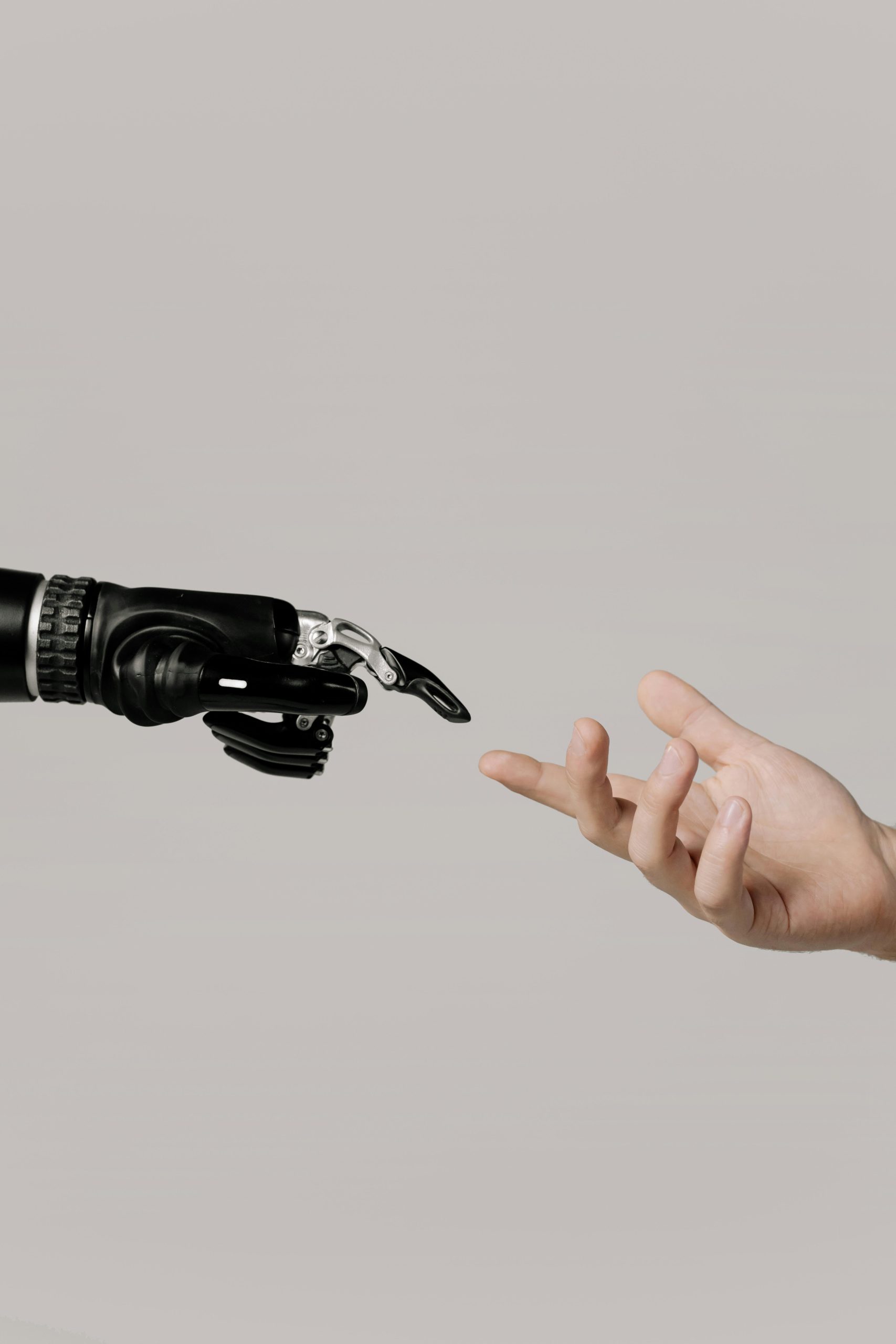Navigating AI Integration in Customer Experience: Automation, Assistance, or Escalation?
As businesses adapt to the ever-evolving landscape of customer support and experience (CX), the integration of Artificial Intelligence (AI) has become a topic of critical discussion. With a recent surge in AI applications, many organizations face challenges with ineffective implementations. To ensure success, companies must carefully consider where AI can best serve their customers.
A Framework for AI Integration
To streamline the process, I’ve developed a framework that categorizes customer interactions by risk and complexity. This approach allows organizations to assess how and where AI can enhance customer experiences without risking satisfaction.
-
Automation: This category encompasses low-risk and low-complexity tasks, such as updating an address, checking account balances, or tracking order statuses. By automating these routine inquiries, organizations can free up valuable human resources for more complex interactions.
-
Assistance: For mid-level interactions, AI can serve as a supportive tool that gathers context and drafts responses for human review. This collaborative approach ensures that customers receive timely information while still benefiting from the nuanced understanding that only a human can provide.
-
Escalation: In scenarios involving financial disputes, compliance issues, or dissatisfied customers, human intervention becomes essential. Here, AI can assist by providing relevant data and context, but a human representative must ultimately manage the situation to maintain customer trust and satisfaction.
Insights from Industry Testing
My exploration of over 30 organizational conversations has revealed that approximately 50-60% of customer interactions qualify as transactional. For instance, one energy utility company reported a notable reduction in billing-related calls by about 20% after implementing AI-driven voice intake processes. This innovation not only streamlined customer service but also saved nearly 60 seconds on authentication for each interaction.
Looking ahead, surveys indicate that 2025 is poised to be a pivotal year for customer-facing Generative AI initiatives. Companies that embrace innovative service models stand to significantly improve customer satisfaction (CSAT) scores, positioning themselves as leaders in the market.
Conclusion
The integration of AI into customer experience is not a one-size-fits-all solution. By strategically identifying where AI can be most effective—whether through automation, assistance, or escalation—organizations can enhance their support frameworks and ultimately deliver a superior customer experience. As we move into a future increasingly shaped by technology, embracing these innovations will be crucial for success.










One Comment
This post offers a thoughtful and practical framework for integrating AI into customer experience, emphasizing the importance of aligning AI capabilities with interaction complexity. I appreciate the clear delineation between automation, assistance, and escalation, which helps organizations make strategic decisions that balance efficiency with customer trust.
One valuable addition to consider is the role of continuous monitoring and feedback loops—by regularly analyzing AI performance and customer satisfaction metrics across these categories, organizations can dynamically adjust their strategies to optimize outcomes. For instance, even interactions initially categorized as low-risk may benefit from deeper AI sophistication over time, while escalation protocols can be refined based on real-world data.
Furthermore, as AI capabilities evolve rapidly, exploring how emerging technologies like sentiment analysis or emotion recognition can enhance the assistance and escalation stages may unlock even greater personalization and empathy in customer interactions. Embracing a flexible, data-driven approach ensures that AI integration remains aligned with customer expectations and business objectives.